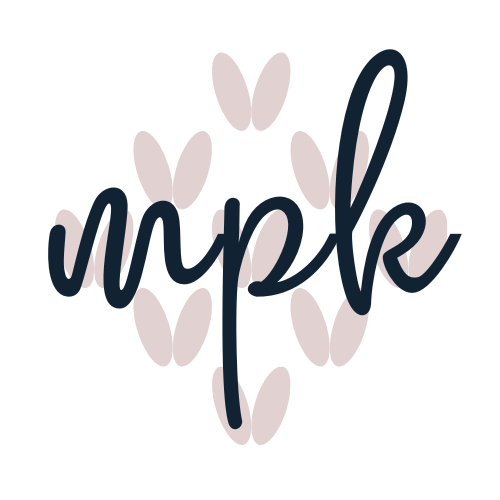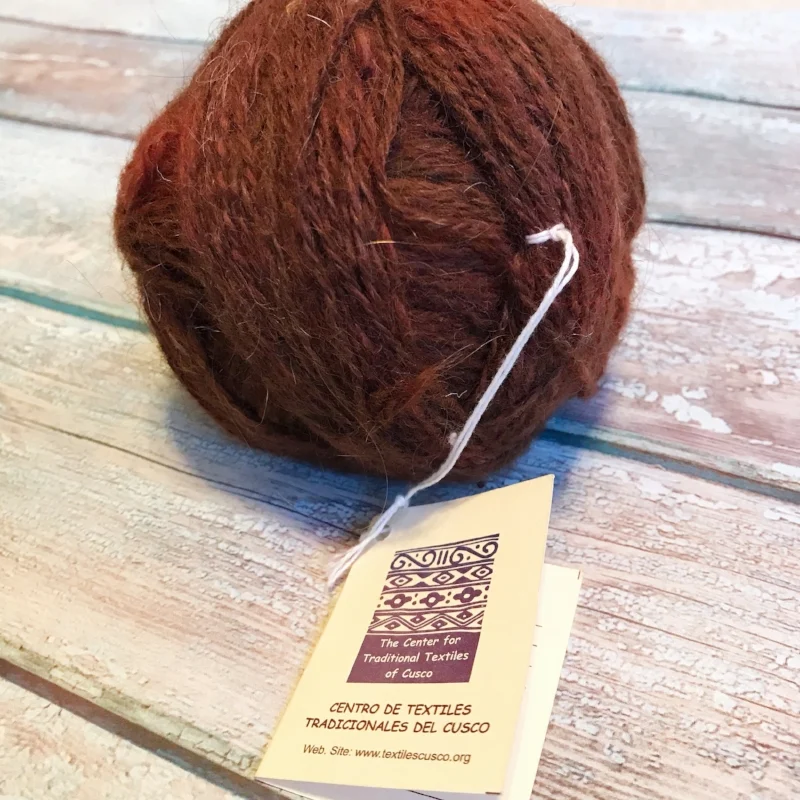A Ball of Handspun: Remembering Cusco
Malecon, Lima, Peru
If you're at all interested in the fiber arts, a trip to Peru at some point in your lifetime is an absolute must.
My personal love affair with Peru began long before the one with fiber arts. I visited Peru for the first time as a graduate student in 2006, and recently came back from my fourth trip--one of the perks of marrying a Peruvian. I love the food (minus the guinea pig), the atmosphere, the people, the history, the language, all of it--I guess that's why my husband calls me media Peruana--it means half-Peruvian.
When I made my first visit to Peru, I was still a year away from picking up knitting needles for the first time. But maybe it sparked something. While in Cusco that first time, we visited an alpaca farm and collective where some local handknits were being sold--mostly chullos, presumably knit in alpaca, though sheep and llama fiber is also widely used up in the mountains.
And on each visit, I've picked up on more of the local fiber arts traditions, which date back centuries before the arrival of Europeans. On my previous visit in 2012, we stopped by Awana Kancha and learned about the natural dyes used and watched women spinning and weaving (weaving is far more common in Peru than knitting). It seemed like a bit of a production for tourists--was this really how these arts were still practiced in Peru today? But later in the trip we visited Pisaq, an archaeological site in the Scared Valley, and as I watched a group of kids pass by, seemingly on their way home from school, I noticed a teenage girl among the bunch, walking and laughing--and spinning. In these small, highland communities, fiber arts do seem to be an everyday part of their lives--perhaps not to the extent they once were, but certainly more so than here in the US.
View from the Catederal de la Compania de Jesus (Jesuits)
On my last visit just a few weeks ago, I again made my way from Lima--the bustling modern capital that's a fast-paced blast for a few days before the traffic and noise become just a bit too overwhelming for me--to Cusco, the Incan capital that, albeit overrun with tourists, is a peaceful contrast to the big city, brimming with history, culture and tradition.
Here's the cheap handmade alpaca--a hand-crocheted alpaca hat!
Cusco has picked up on tourists' infatuation with alpaca and responded accordingly--visit the big markets or shops catering to tourists and you'll inevitably find piles of woolens claiming to be 1. handknit and 2. pure alpaca. They are neither. I delighted--or possibly bored silly, it's hard to judge--my companions, demonstrating how to distinguish handknits from machine knits and alpaca from cheap wool or nylon with a hint of alpaca mixed in in the name of trickery. Goods may be cheaper, overall, in Peru, but you're still not getting a pair of handknit colorwork fingerless mitts in pure baby alpaca for $10 (and if you think you are, you deserve what you get!).
I swear, I just stopped to pet him! Then this happened.
Still, you don't really have to do much looking to find yourself surrounded by the real stuff--the actual animals. Indigenous women and young girls roam the streets carrying lambs or leading alpacas, and for a "propina," you can have your picture taken with them. Sometimes this happens whether you want it to or not--if you dare to stop to pet an alpaca, you will suddenly find yourself with an armful of fluff, surrounded by Cusquenas posing in their finery. It's not exactly the worst thing in the world. If you stop by the small artisan market and workshop you find on the Calle Hatunrumiyoc, you can even get an alpaca smooch!
Besito!
And that's not to say you can't find quality alpaca and other luxury fiber goods, both handmade and manufactured, as well. But you are going to pay a fair price for them, as you should. We visited Kuna, an upscale shop selling knitwear throughout Peru, and found a pure vicuna shawl. $1200. That's 1200 US dollars, not 1200 Peruvian soles! Needless to say, I skipped that, but did buy my dad a nice woven alpaca scarf on sale for $38--much more practical and wallet-friendly.
Lunching with Dana and gobs of yarn at La Feria in Cusco
Tourists generally aren't looking for actual yarn, so you won't find much of that--but I wasn't out of luck. Cusco is actually home to Pichinku Yarn. I've been following Dana on Instagram since her Kickstarter a few years ago (and like me, Dana is married to a Peruvian, so we're both media peruanas!). She's working with 3 local women in the Sacred Valley to dye the most beautiful yarn, all with natural dyes. So I jumped at the chance to meet her while she was in Cusco taking care of some business. We had a delicious lunch (despite what my dad may have thought), I learned all about how she came to work in Peru and what her current and future plans are for Pichinku, and she brought lots of yarn for me to peruse--and obviously buy!
Spinning display at the Centro de Textiles Tradicionales, Cusco
On my last day in Cusco, which happened to be Good Friday, I made my final fiber-related trek. After a few days getting my bearings and, thankfully, not coming down with el soroche--altitude sickness--I felt reasonably confident I could find the Center for Traditional Textiles on my own and not fall ill on the way there. (Despite the fact that I'm 37 years old, speak Spanish, and was on my 3rd trip to Cusco, my dad, on the other hand, still seemed convinced I needed to be accompanied everywhere.)
Unfortunately, Good Friday is a national holiday in Peru, so portions of the Center were actually closed, but the museum and shop were still open. For a detailed (and well-translated!) description of fiber arts traditions in Peru, I highly recommend the museum. Spinning is taught very early, with children as young as mine playing with spindles and learning the first steps to use them, so my favorite part was definitely a display of spindles with fine singles wound on to them, labeled "children's first handspun"--they looked far better than anything I've ever managed to produce on a spindle!
As I said upthread, weaving is a far more common in Peru than knitting, and in the shop, full of woven blankets, bags, and wraps, 4 indigenous women had set up backstrap looms, attached to a pole in the center of the room, and were busily weaving and chatting in Quechua.
Of course, I needed a souvenir--something to remember my experience by. So I bought this:
I don't know what it's made of, it just says "100% natural fibers;" my best guess is wool, llama, and maybe a hint of alpaca. I don't know how much yarn it is, or what weight--but that's ok, I didn't buy it to knit with. I bought it solely for the memory--a ball of handspun, spun on a spindle by someone I don't know, high in the mountains of Peru, steeped in traditions centuries old.










